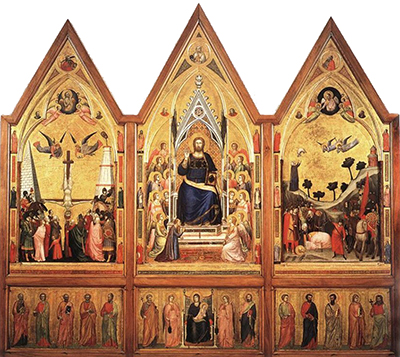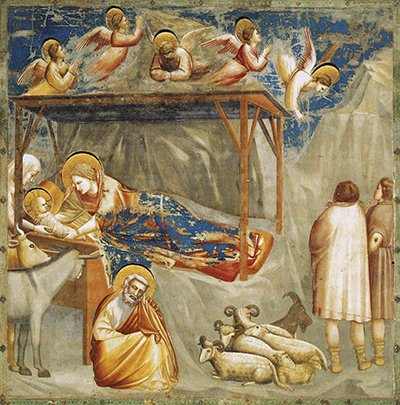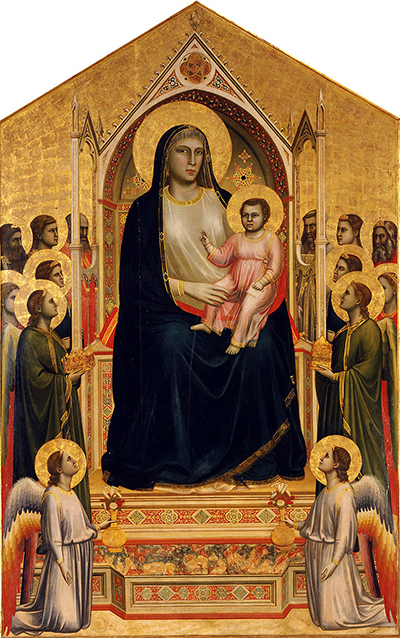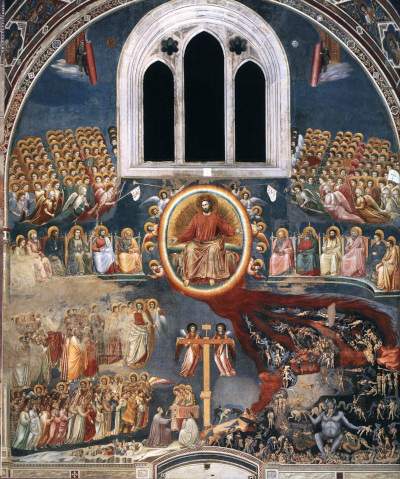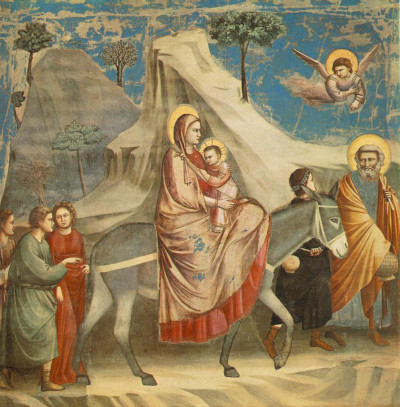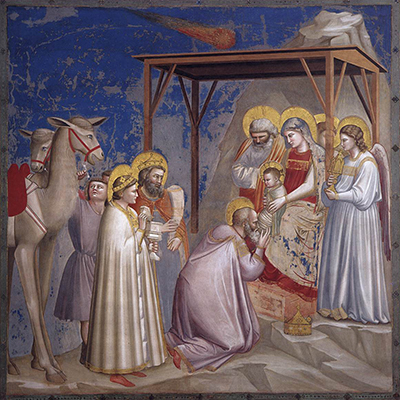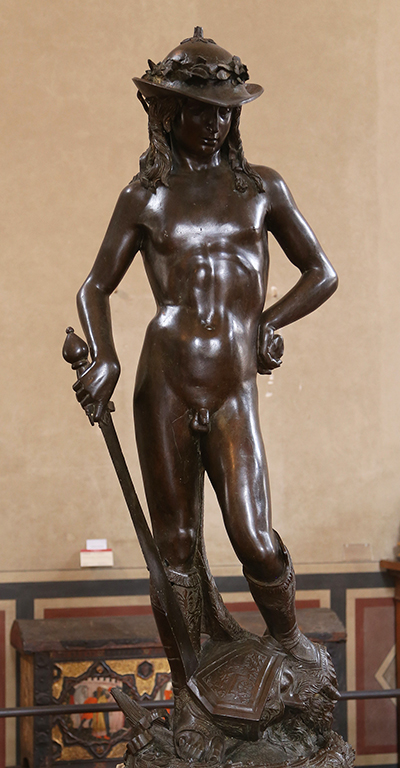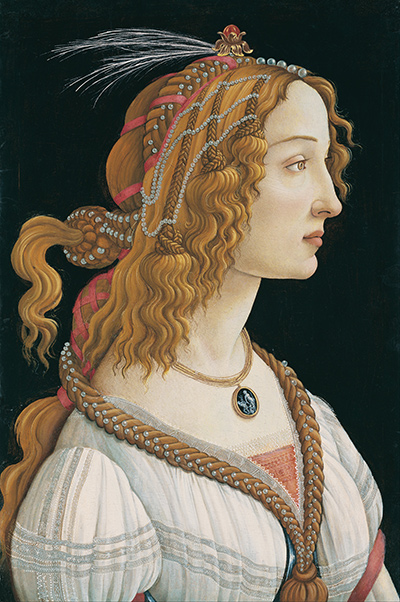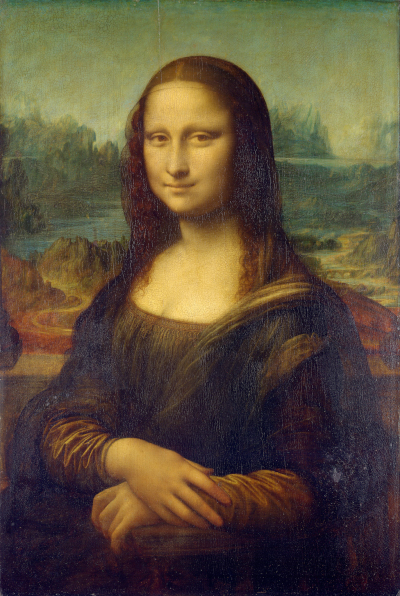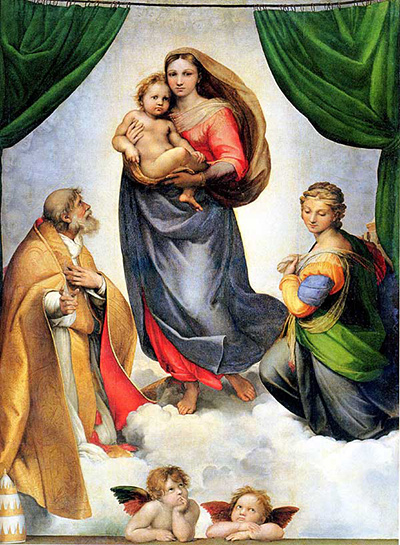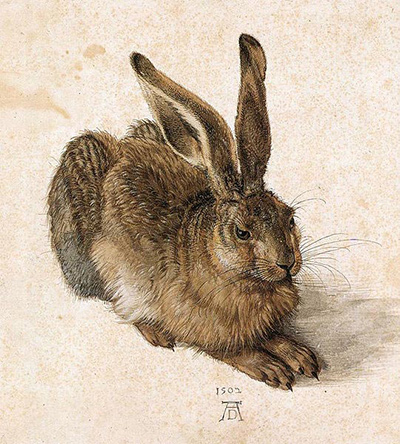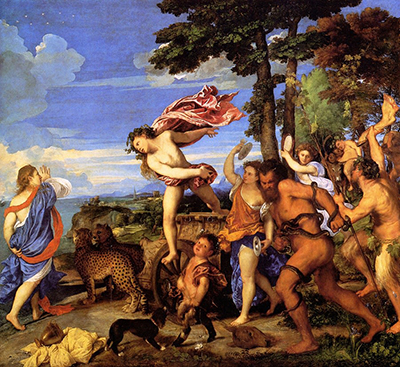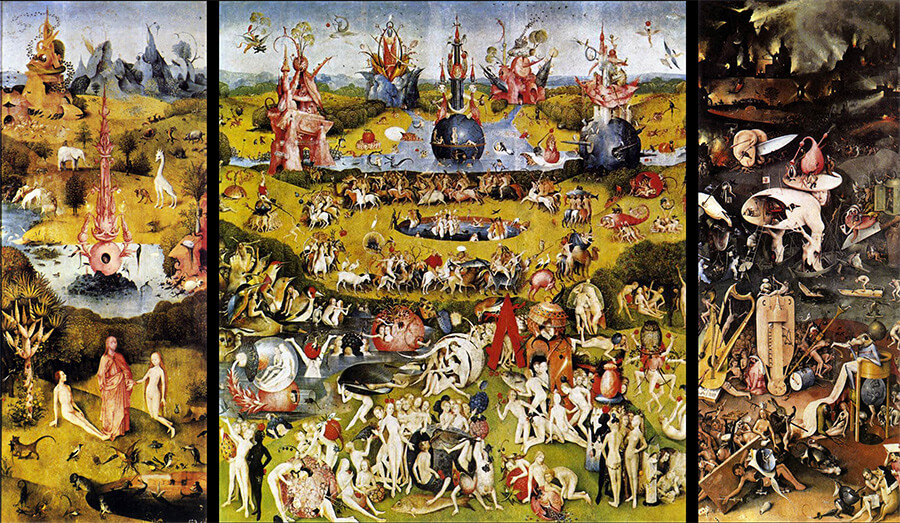Giotto di Bondone was a respected architect and famously received the title of Capomaestro (chief master) which gave him authority over all Florentine building projects.
Architecture Significant within the Renaissance
The Renaissance period was full of versatile artists who would apply their creative skills into a variety of different mediums. Architecture was a popular choice within that, with a steady stream of work available in building up a number of grand cities across the Papal States of Italy. Many of these architectural plans would never be implemented, with many projects disbanded due to financial issues or simply changing tastes.
Competitive Environment
Famous artistic names from the Renaissance would also sometimes be pitted against each other with only the winning designs being put into practice. Even the great Michelangelo and Leonardo da Vinci would produce architectural work that lost out to others during their careers, normally due to their technical knowledge being spread more thinly across many art forms rather than being specific specialists in architecture.
Promoted to Capomaestro
Giotto, having been nominated as Capomaestro, was able to play the roles of both designer and patron. Whilst ensuring that he could approve his own work, this position arrived too late in his life to make quite the impact that he might have liked to in this medium. As such, he is still predominantly thought of as, first and foremost, a painter.
Giotto influenced the evolution of Italian Architecture
Architecture developed considerably during the 14th to 17th centuries, taking what had gone on previously in the Gothic period and reviving some elements of ancient style. Florence, particularly thanks to the efforts of Filippo Brunelleschi, would prove to be the central point from where influence would be later felt right across Europe.
Therefore, for Giotto to be involved with the Duomo and its accompanying Campanile underlines just how exceptional an architect he was. Renaissance archtecture brought in a clearer planning of perspective and design, combining elements of Greek and Roman features with a more consistent method of planning than had been seen in medieval buildings. The result of this would aesthetically pleasing structures that would also stand the test of time.
Giotto's Most Famous Architectural Projects
Giotto's Campanile
Close to the Florentine Duomo, we find Giotto di Bondone's Campanile. This stunning bell tower stands around eighty five meters in height and remains one of the architectural's finest creations. It is decorated with marble features along the outside, and the lower half was later decorated by other artists some years later.
The project requirement was succinct, allowing Giotto to avoid much interference as had been the case in some of his other commissions. By comparison, the far grander and larger Duomo, placed close by, produced a competitive battle between artists and architects in order to have their own names involved, leading to political battles which did not benefit the finished look of the building.
Florence Cathedral
The Cathedral has been developed many times during its existence, but Giotto played one of the most significant roles within its design. His Campanile made use of the three tones which would then be extended to other parts of the cathedral site. His work was continued by others after his death and he was eventually raised to rest in the grounds of the cathedral, marking the importance of his role.
Whilst the cathedral's construction continued long after his death, Giotto is still credited as being behind its original design, particularly with regards the external facade. His work was considered impressive enough that it should remain influential even after the architect was no-longer around to defend its merits. The completed building would become known as the Duomo, and remains one of the most famous items of European architecture.
Scrovegni Chapel
The Scrovegni Chapel was organised by a family of bankers who wanted to construct a private chapel for devotional purposes. Giotto's role was more related to the internal decorations, where series of frescoes were laid out in rows across the walls. In some cases, particularly around the shorter sides, architectural features such as arches would have to be worked around, but most of the frescoes were rectangular shaped in a consistent format.
The construction of the chapel is less clear. We know that Giotto worked alongaide his assistants for two years at the start of the 14th century, but this would only have been long enough to complete the paintings on the internal walls, and that the chapel would already have been built by this stage. The chapel was placed close to a larger building, and was also intended as the burial spot of those commissioning it.
A number of local Paduan scholars, including Selvatico in the 19th century, have suggested that Giotto also designed the chapel itself. Whilst being fairly simple in its style, this may have been the case, with this architect choosing to provide as spacious environment as possible for his paintings which were added several years later.
More Renaissance Artists



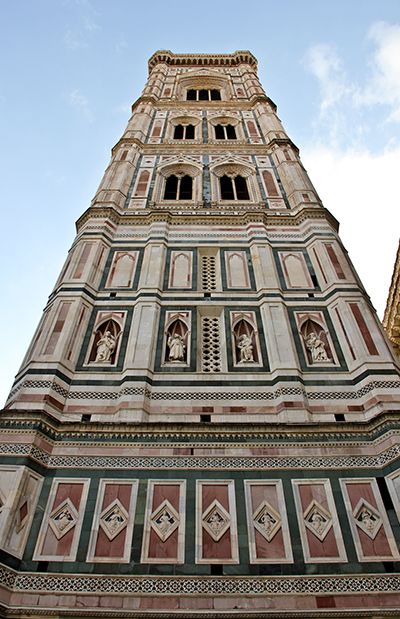
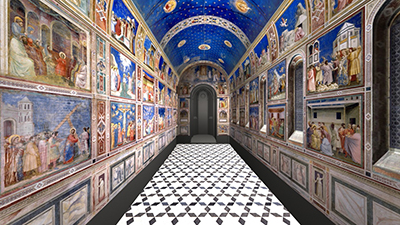
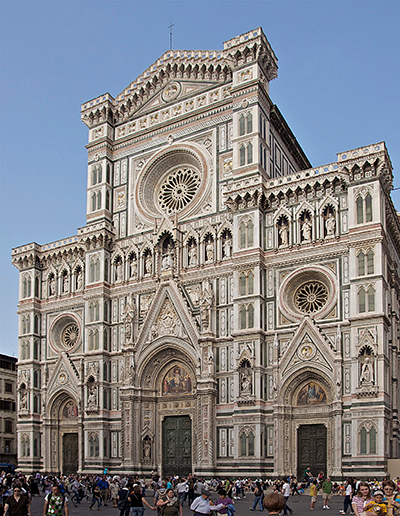
 Giotto.jpg)
 Giotto.jpg)
